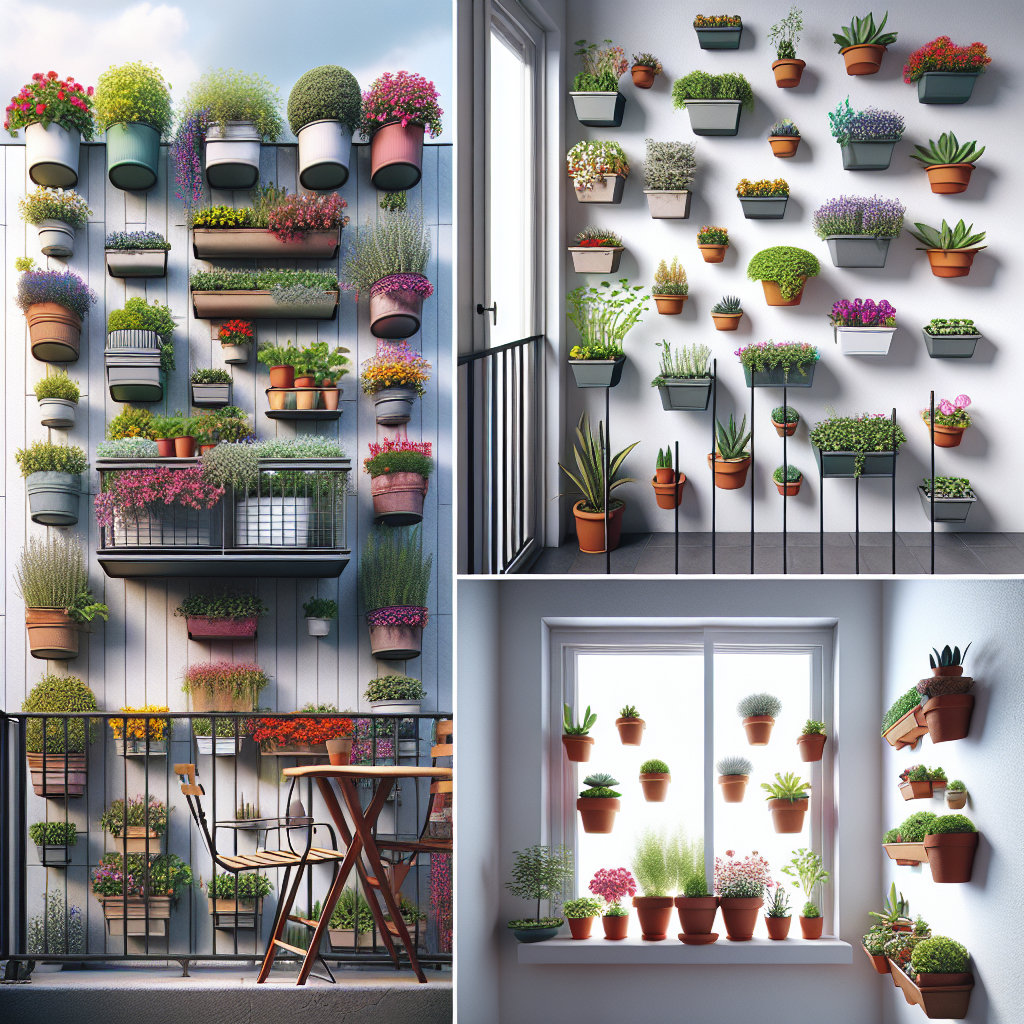Container Gardening Tips for Small Spaces and Big Joy
Container gardening has become an increasingly popular way to bring the joys of gardening to urban environments and small spaces. Whether you live in a city apartment, a condominium, or have limited outdoor space, container gardening offers a practical and satisfying way to cultivate plants. With a bit of creativity and some essential tips, even the tiniest balcony can become a vibrant garden. Below are essential container gardening tips that can bring big joy to small spaces.
1. Choosing the Right Containers
The essence of successful container gardening starts with selecting the right containers. The size, material, and design of your containers can significantly influence the health of your plants.
Size Matters
When choosing containers, consider the mature size of your plants. Small pots are suitable for herbs or annual flowers, but larger varieties like tomatoes, shrubs, or dwarf trees require bigger containers. A general rule is that larger pots hold more soil and moisture which reduces the frequency of watering.
Material Considerations
Containers come in various materials:
- Terracotta: Porous but dries out quickly.
- Plastic: Lightweight and retains moisture well.
- Metal: Stylish but may heat up quickly in direct sunlight.
- Wood: Natural appearance but subject to rot unless treated.
Choose materials based on your climate and aesthetic preferences.
Drainage Is Key
Always ensure that your containers have adequate drainage holes to prevent waterlogging which can damage plant roots. You can improve drainage by placing broken pottery pieces or gravel at the bottom before adding soil.
2. Selecting Suitable Plants
Not all plants thrive in containers; therefore, select species with compatible growth habits and requirements.
Herbs and Vegetables
Herbs like basil, mint, rosemary, thyme, and chives are excellent choices due to their compact nature. Many vegetables such as tomatoes (especially cherry varieties), peppers, radishes, lettuce, spinach, carrots (using deep containers), beans (using climbing structures), and cucumbers also do well in pots.
Flowers
Annuals such as marigolds, petunias, impatiens; perennials like lavender; bulbs like tulips; succulents including echeveria or sedum; all make colorful additions enhancing visual appeal year-round.
3. Potting Soil Essentials
Garden soil is often too heavy for container gardening as it compacts easily reducing air circulation vital for root health. Opt instead for high-quality commercial potting mixes specially formulated with lightweight ingredients like peat moss pine bark compost perlite vermiculite ensuring good aeration consistent moisture retention preventing fungus gnats weed seeds diseases found common garden soils specially designed hanging baskets self-watering systems vertical wall-mounted planters beneficial specific needs different types houseplants outdoor plantings maximizing yield minimizing stress maintenance overall success happy productive green oasis no matter limited constraints faced modern living situations enriching lives enhancing surroundings simultaneously bringing immense joy sense accomplishment fulfillment achieved nurturing growing own little piece nature midst concrete jungles bustling busy urban existence
Happy Planting!













